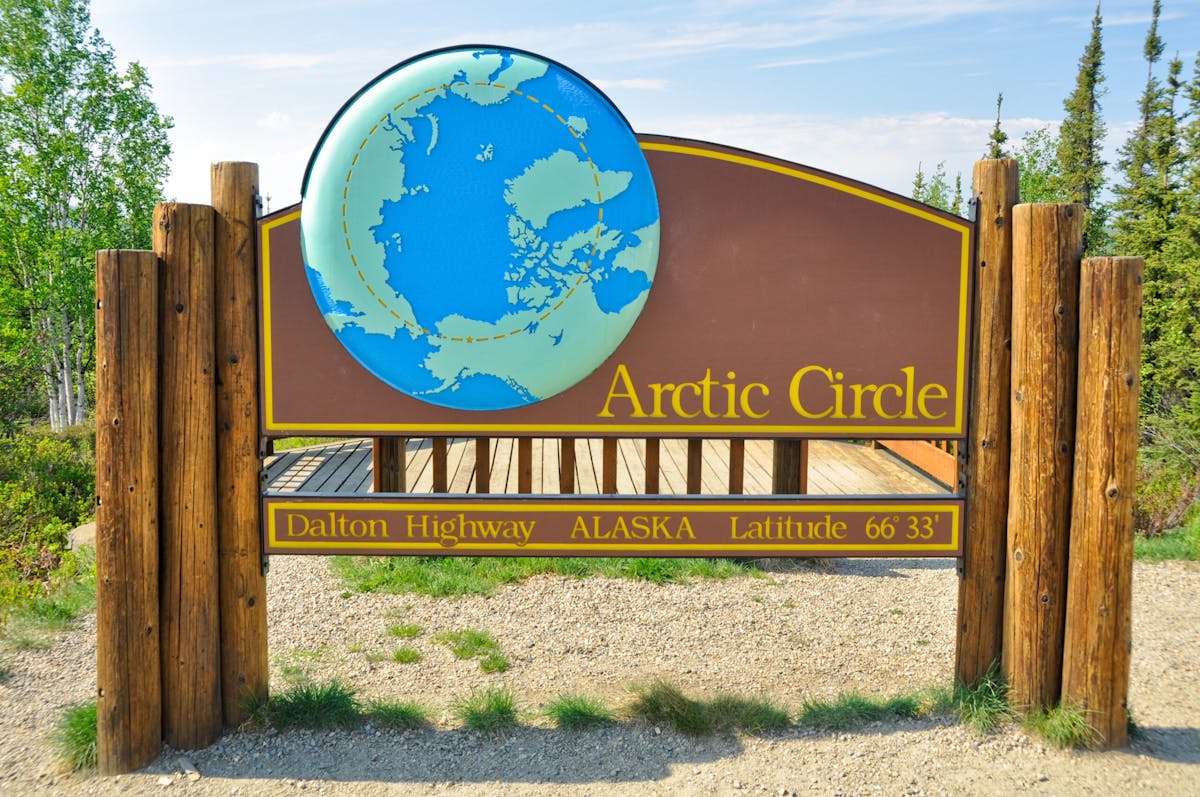OUR AIRLINK SHUTTLES AND TOURS
ALASKA BUS TOURS AND SHUTTLES
Explore Alaska with Airlink Shuttle & Tours. Our Alaska bus tours and packages let you experience the best Alaskan visitor attractions and natural wonders. Book a tour today and see the breathtaking mountains, glaciers, and wildlife. We can take you beyond city lights for amazing opportunities to view the Aurora Borealis. We also offer reliable transportation services and luxury bus tours around the area. Want to take a dog sled tour? Dream of visiting the Arctic Circle? Let us take care of your transportation needs while you sit back, relax, and enjoy the great Alaskan scenery.
Summer Bus Tours

⭐Experience the Midnight Sun
⭐Cross the Arctic Circle
⭐Discover Historical Fairbanks
⭐Learn about the Alaska Pipeline
⭐Visit the Reindeer Farm
⭐Explore the Museum of the North
Winter Bus Tours

⭐View the Aurora Borealis
⭐Visit an Alaskan Lodge
⭐Photograph the Northern Lights
⭐Watch for Winter Wildlife
⭐Travel the Dalton Highway
⭐Experience the Arctic Circle in Winter
Shuttle Services

⭐Get Around Fairbanks on a Budget
⭐Share Rides and Save
⭐Travel to Top Visitor Attractions
⭐Take a Dog Sled Ride
⭐Create a Custom Tour Itinerary
⭐Rely on Experienced, Professional Drivers






